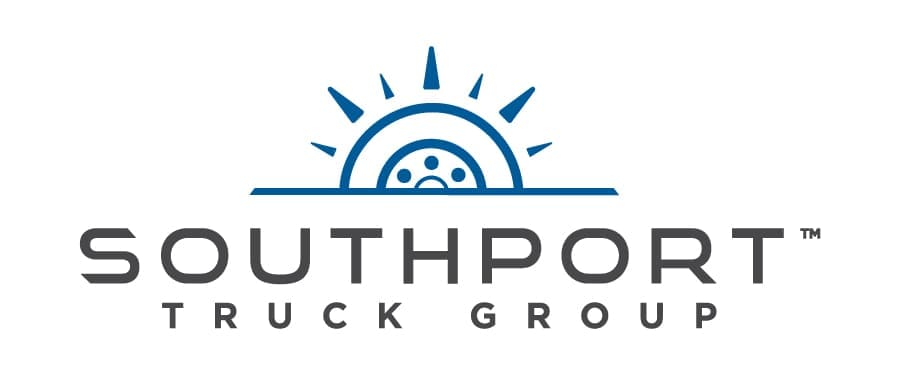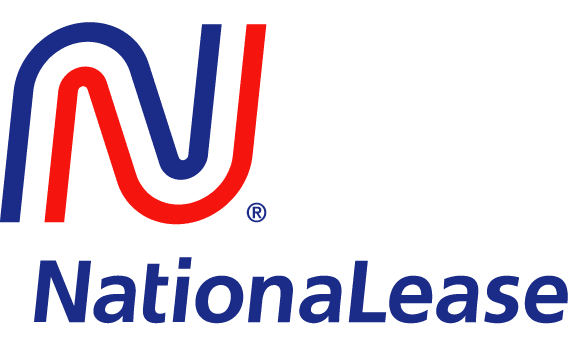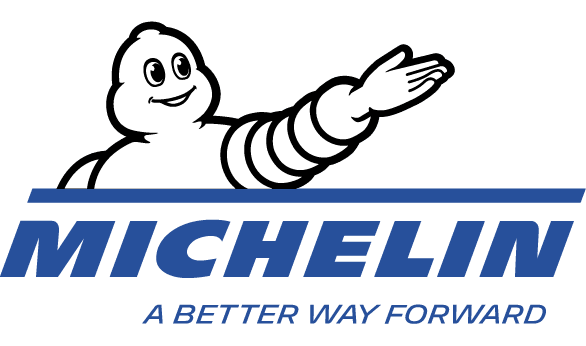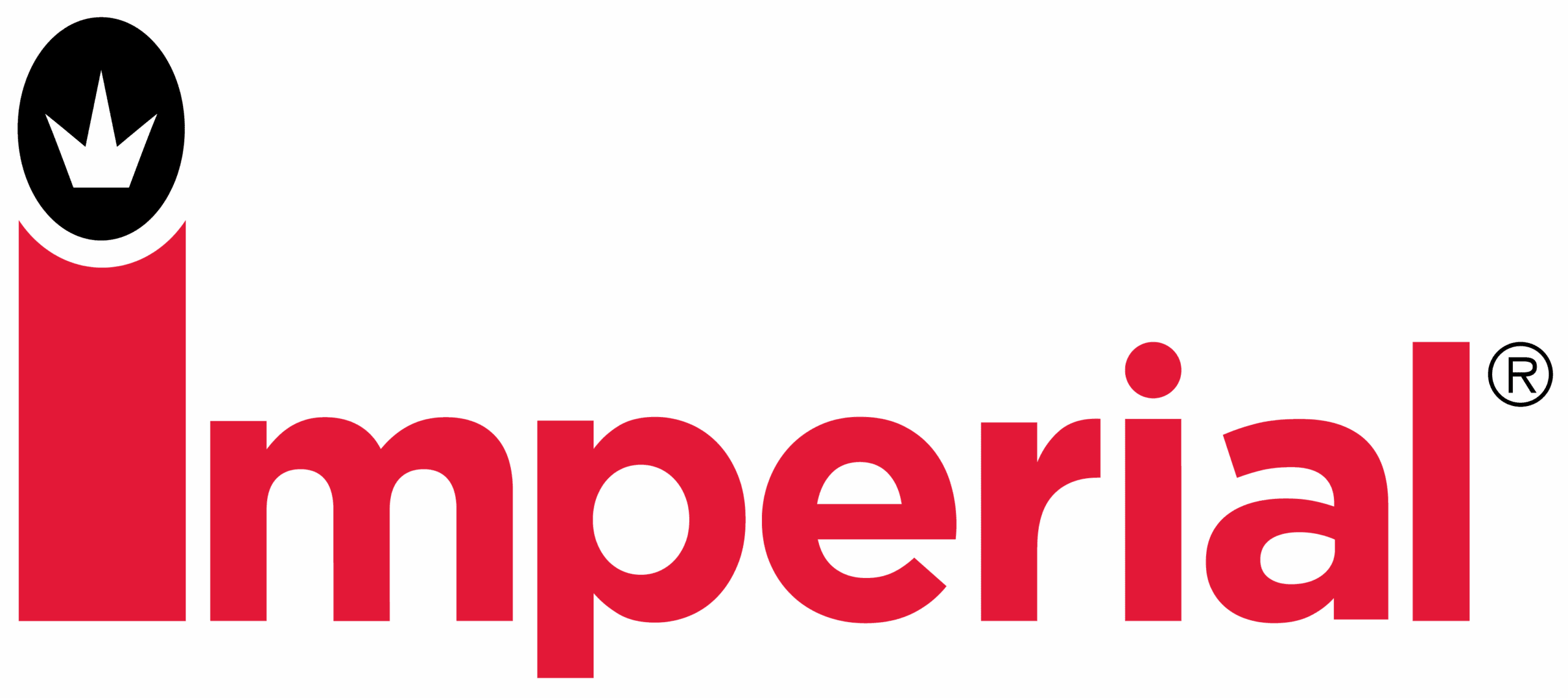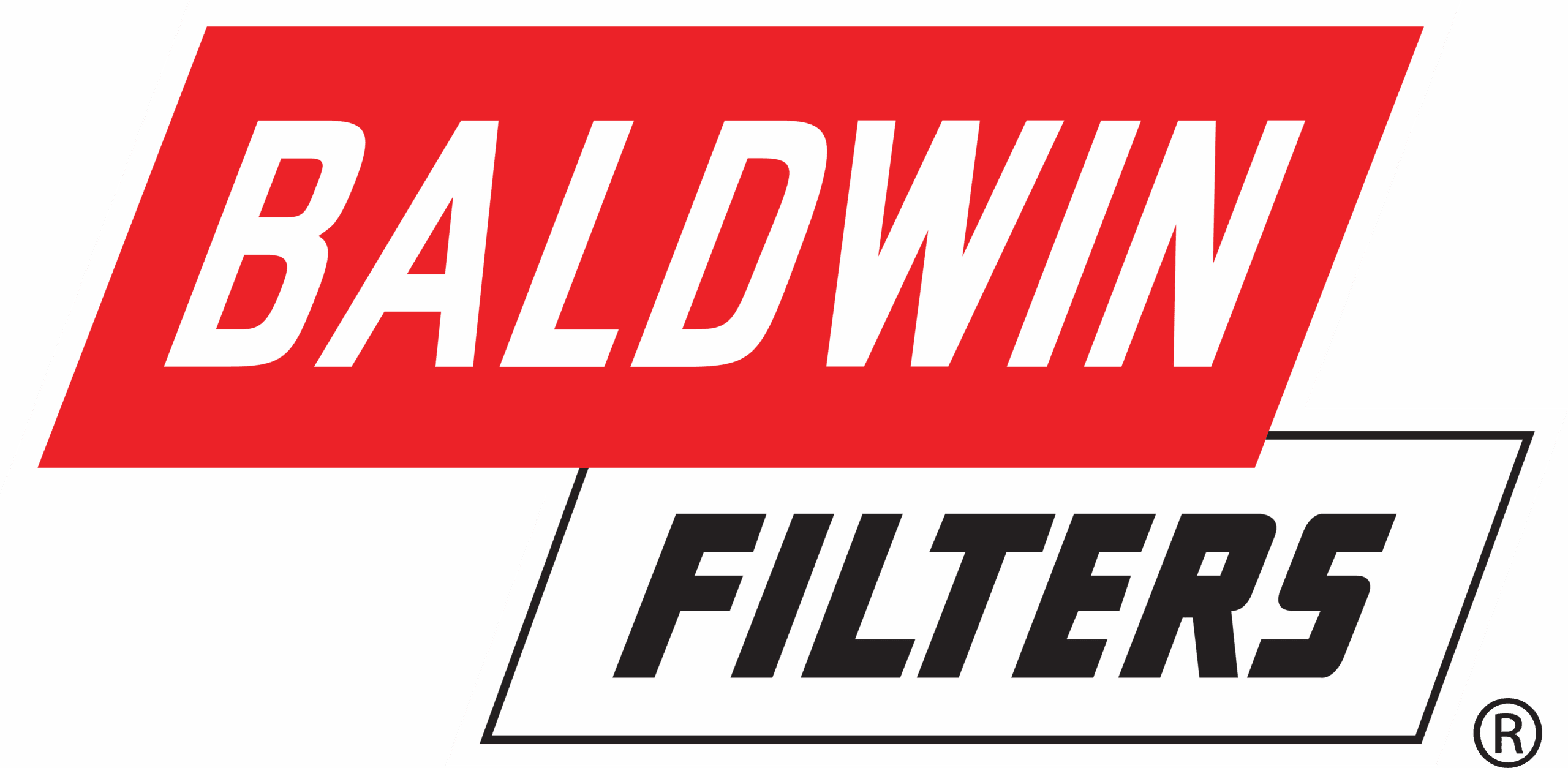7 Signs your AP process is costing you more than it should
Home - 7 Signs your AP process is costing you more than it should
Corcentric

Key takeaways:
- Inefficiencies in accounts payable operations—like missed discounts, manual errors, and slow approvals—quietly erode margins and strain vendor relationships.
- Manual processes increase labor costs and compliance risks while reducing visibility into spending and delaying audits.
- Automation helps eliminate costly errors, streamline workflows, and unlock early payment discounts, turning AP into a source of savings and strategic value.
- By modernizing AP with intelligent tools and structured workflows, finance teams can shift from reactive cost centers to proactive business drivers.
It’s easy to overlook, but inefficiencies in your accounts payable (AP) operations can quietly chip away at your margins. These aren’t just minor administrative issues—they’re signs of deeper workflow problems that affect everything from vendor relationships to working capital. The true cost of a broken AP process often hides in plain sight.
Here are seven signs your AP process may be draining more money than it should and how to fix it before the damage adds up.
- You’re missing early payment discounts
Suppliers often offer discounts for early payments, giving your business a simple way to cut costs. But if invoices sit untouched or approvals get bottlenecked, those discounts vanish. Over time, those missed opportunities can add up to a significant dent in your bottom line.
According to accounts payable management best practices, automating invoice capture, routing, and approvals helps you hit payment windows consistently and turn AP from a cost center into a savings generator.
Take action: Implement invoice automation tools that flag early payment opportunities and route approvals to decision makers before deadlines expire.
- Manual errors are costing you
Typos, duplicate entries, and lost invoices are expensive and annoying. Manual processes create a breeding ground for errors that lead to overpayments, compliance issues, or strained vendor relationships.
One of the accounts payable key challenges is maintaining data accuracy without overwhelming your team. Automated systems drastically cut down on errors, offering cleaner data, better audit trails, and more peace of mind.
Take action: Start by digitizing your invoice intake process and using validation rules to catch common input errors before they reach your ledger.
- Labor costs are ballooning
When your team spends hours on invoice matching, payment scheduling, or resolving discrepancies, you’re paying premium labor for repetitive tasks. That’s inefficient and unsustainable.
Reducing touchpoints through automation means faster throughput with fewer human hours. Integrated systems with AI-driven matching and clear escalation paths let your skilled employees focus on more strategic work instead of babysitting spreadsheets.
Take action: Evaluate your most time-consuming AP tasks and automate repetitive steps like PO matching and payment batching to reduce manual lift.
- Your approval process slows everything down
If approvals get stuck in email chains or require manual follow-ups, payments get delayed, and vendors take notice. These bottlenecks strain relationships and risk late fees or lost discounts.
A modern AP process guided by accounts payable management best practices uses role-based workflows and real-time notifications to keep things moving. Everyone knows where an invoice is in the process, who’s responsible, and what needs to happen next.
Take action: Map your current approval flow and identify blockers. Then implement workflow automation that routes invoices based on thresholds and roles.
- You’re always playing catch-up with audits and compliance
Regulatory and internal compliance requirements aren’t optional, and when your records live in filing cabinets or scattered spreadsheets, audits become a logistical nightmare.
Automation helps overcome one of the persistent accounts payable key challenges: staying compliant while scaling operations. With secure, searchable digital trails for every transaction, audits become faster and less stressful.
Take action: Centralize your AP documentation with a digital system that maintains audit-ready records, access logs, and approval histories automatically.
- You lack visibility into spending
When AP data is siloed or out of date, it’s hard to make informed decisions. Unclear liabilities, delayed accruals, and rogue spending can all go unnoticed until it’s too late.
Centralized, real-time AP dashboards give finance leaders the visibility they need to manage cash flow and forecast with confidence. You can spot trends, flag anomalies, and identify areas for improvement before they impact your financial health.
Take action: Adopt an AP solution with real-time reporting and dashboards that consolidate spend data across teams, vendors, and invoice stages.
- Vendor relationships are fraying
Vendors want to be paid reliably. Late or inconsistent payments erode trust, which can lead to less favorable terms or limited availability during critical times.
Applying accounts payable management best practices helps you build a reputation as a reliable partner. That kind of trust earns you better pricing, priority service, and smoother negotiations down the line.
Take action: Set up automatic payment reminders and status updates to keep vendors informed—and prioritize consistency over perfection in payment timing.
Turning AP from a cost center into a competitive advantage
If even a few of these signs sound familiar, it’s time to take a closer look at your AP operations. Most inefficiencies stem from outdated systems, manual workflows, and reactive processes, which are some of the most common accounts payable challenges.
The fix? Intelligent automation paired with managed services that bring structure, speed, and strategy to your AP department. With the right tools and support, you can eliminate waste, strengthen compliance, and free up resources to drive growth.
Improving your AP process isn’t just about cutting costs; it’s about positioning finance as a driver of long-term value. And that starts by recognizing the signs before they become problems. Contact us today to get started.



